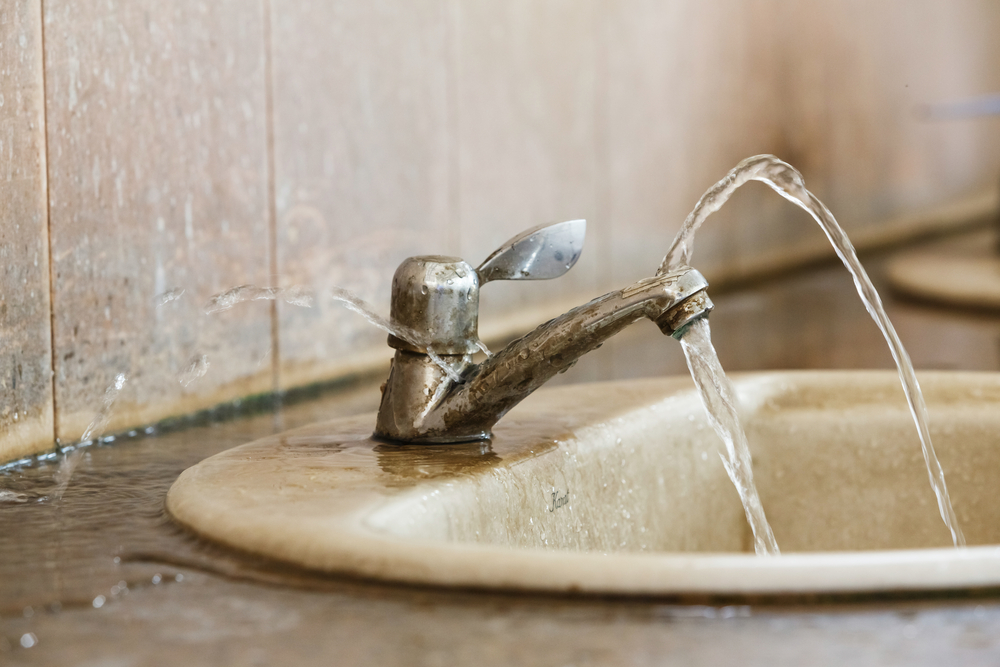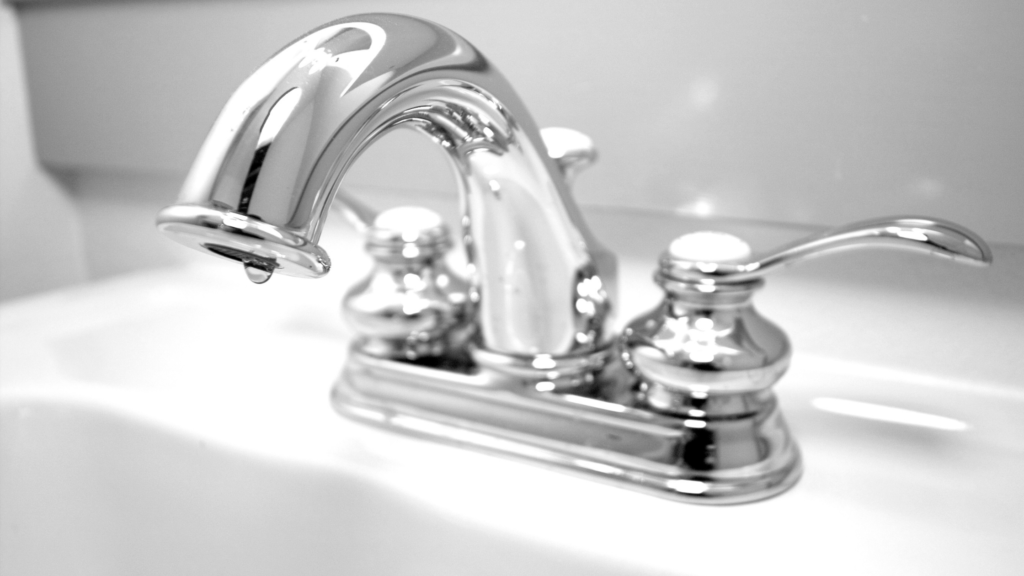The article underneath pertaining to Causes and Consequences of a Leaky Faucet is unquestionably enlightening. Check it out for yourself and see what you think about it.

Introduction
A leaking tap could look like a small aggravation, however its consequences expand far past the periodic drip. Comprehending the impacts of a leaking faucet is essential for both property owners and the environment. In this article, we'll check out the numerous influences of this common house issue and why resolving it quickly is essential.
Root Causes Of Leaky Faucets
Dripping faucets can arise from a selection of factors, consisting of damage, high water stress, and corrosion. Over time, the constant use of faucets can cause damaged seals and gaskets, creating leakages to establish. Additionally, excessive water stress can put strain on plumbing fixtures, bring about leakages. Rust and rust can also compromise tap parts, making them susceptible to leakage.
Water Wastefulness
One of the most significant repercussions of a leaking tap is water wastefulness. Also a small drip can add up to gallons of wasted water with time. This not just increases water bills yet likewise contributes to water scarcity and environmental destruction. Attending to leaky taps promptly is vital for preserving this priceless resource and minimizing its influence on the planet.
Financial Effect
Along with drainage, leaky faucets can likewise have a substantial economic impact. Enhanced water expenses are a straight repercussion of water waste, costing house owners hundreds of dollars annually. In addition, the expense of fixing water damages triggered by leaks can be considerable, specifically if left ignored for a prolonged period.
Environmental Impact
The environmental effect of leaking faucets prolongs past water wastefulness. By conserving water, house owners can add to wider initiatives to reduce water deficiency and shield all-natural ecosystems. Lasting alternatives such as rain harvesting and water-efficient fixtures can better decrease the ecological footprint of house water usage.
Technological Solutions
Improvements in technology have resulted in the growth of clever faucets and water-saving devices that assist minimize water wastage. Smart taps use sensors to discover activity and change water flow accordingly, decreasing waste without sacrificing comfort. Water-saving devices such as aerators and low-flow showerheads are additionally efficient in preserving water without compromising efficiency.
International Viewpoints
While leaking taps might appear like a localized issue, they contribute to more comprehensive worldwide challenges such as water shortage and climate change. In areas already facing water tension, every drop counts, making leakage avoidance and repair service crucial. By embracing water-saving methods and purchasing lasting innovations, homeowners can play their component in attending to these pressing worldwide issues.
Regulative Measures
Government laws play a vital role in alleviating the influence of leaky faucets and advertising water preservation. From building codes that need water-efficient components to water-saving motivations and discounts, policymakers have a range of tools at their disposal. By executing and imposing these guidelines, federal governments can make sure that home owners focus on water preservation in their every day lives.
Neighborhood Influence
Addressing dripping faucets needs cumulative initiatives at the neighborhood level. By raising recognition regarding the significance of water preservation and supplying resources for leakage detection and repair, regional authorities can empower homeowners to act. Initiatives such as water-saving refund programs and leak detection projects can incentivize behavior adjustment and promote accountable water use.
Case Studies
Real-life instances of the impact of leaking taps emphasize the importance of proactive maintenance and prompt fixings. From water damages to increasing water costs, the consequences of ignoring leaks can be severe. By sharing these case studies, property owners can better understand the significance of dealing with leaky taps promptly.
Educational Campaigns
Educational projects play an important duty in increasing understanding regarding the impacts of dripping faucets and promoting water conservation techniques. Via workshops, seminars, and on-line sources, home owners can learn exactly how to spot and repair leaks themselves. By equipping people with expertise and devices, academic campaigns can foster a culture of accountable water usage within neighborhoods.
Health and wellness Problems
Dripping taps can produce conducive environments for mold and mold development, positioning health threats to occupants. The visibility of mold can intensify respiratory system problems and allergic reactions, especially in vulnerable people. Additionally, water damages resulting from leaks can endanger the structural stability of structures and lead to expensive repair work.
Do it yourself vs. Professional Fixing
When faced with a leaking faucet, homeowners commonly discuss whether to try fixings themselves or hire a professional plumber. While do it yourself fixings can save cash, they might not constantly attend to the underlying problem successfully. Specialist plumbers have the expertise and tools to detect and fix leakages appropriately, ensuring long-term remedies and peace of mind for home owners.
Safety nets
Protecting against dripping faucets calls for regular upkeep and positive steps. Simple jobs such as changing damaged washers and seals can stop leakages from creating. Additionally, upgrading to premium fixtures and minimizing water stress can aid lengthen the lifespan of faucets and reduce the danger of leakages.
Verdict
Finally, the results of a leaking faucet extend much past the occasional drip. From water wastage and increased water expenses to health problems and ecological impact, the effects of overlooking leakages can be significant. By attending to leaky taps promptly and adopting water-saving methods, homeowners can minimize these impacts and contribute to a much more sustainable future.
Why You Shouldn’t Ignore a Leaky Faucet in Your Home
What Causes a Leaky Faucet?
Various factors can cause a leak, from loose and worn-out parts to corrosion. Your faucet has four essential components from which most plumbing issues will stem: the O-ring, the valve seat, the washer and the gasket.
What Is an O-Ring?
The O-ring is a stem screw that fastens parts of the faucet in place, preventing water from leaking out of the spout. Depending on your faucet type, the stem might have multiple O-rings. Water will drip from the faucet’s handles and base if this part breaks or deteriorates.
What Is a Valve Seat?
The valve seat controls the flow and temperature of the water. Found at the base of the handle, it works as a seal for the faucet’s stem. The valve seat ensures the water is allowed to flow or is blocked as the handles dictate. You’ll know it’s malfunctioning when water leaks from your faucet’s sides.
What Is a Gasket?
The gasket is found between the water inlet and the valve stem. It creates a seal between the faucet and the sink, holding its joints by aerators attached to the stem’s head. Water will trickle out from the base if the gasket isn’t working.
What Is a Washer?
The washer secures the handles and prevents leakage, serving a similar purpose to the O-ring. While the O-ring is ordinarily round and made from an elastic material, such as rubber, the washer is square-shaped and composed of brass, copper and other hard metals. If it malfunctions, corrodes or has been improperly installed, water will leak out of the handles, causing that incessant faucet drip.
Why Is a Leaky Faucet Dangerous?
A leaky faucet left alone for too long can have significant consequences.
Pest Infestations
Since bugs and rodents gravitate towards the scent of water, a leaky faucet will draw pests to your sink. Both are looking for leaks accessible through crawl spaces, which a faucet provides. If you leave water dripping for too long, you run the risk of an infestation.
Rust
If one of the faucet parts has started to corrode, the resulting rust can spread to your pipes and valves with startling speed. The rust might even lead to cracks or other impairments, resulting in more severe plumbing issues.
Your sink could also sustain damage from a leaky faucet. The water in your tap possesses sparse elements of calcium and iron that can stain your sink with repeated and prolonged exposure. Once those elements in the water have been open to the air for some time, your sink will start to rust, creating marks that can be difficult to remove.
https://www.tomsmechanical.com/blog/why-you-shouldnt-ignore-a-leaky-faucet-in-your-home

I was introduced to that report on from someone on our other web page. Sharing is nice. Helping people is fun. I am grateful for your time. Revisit us soon.